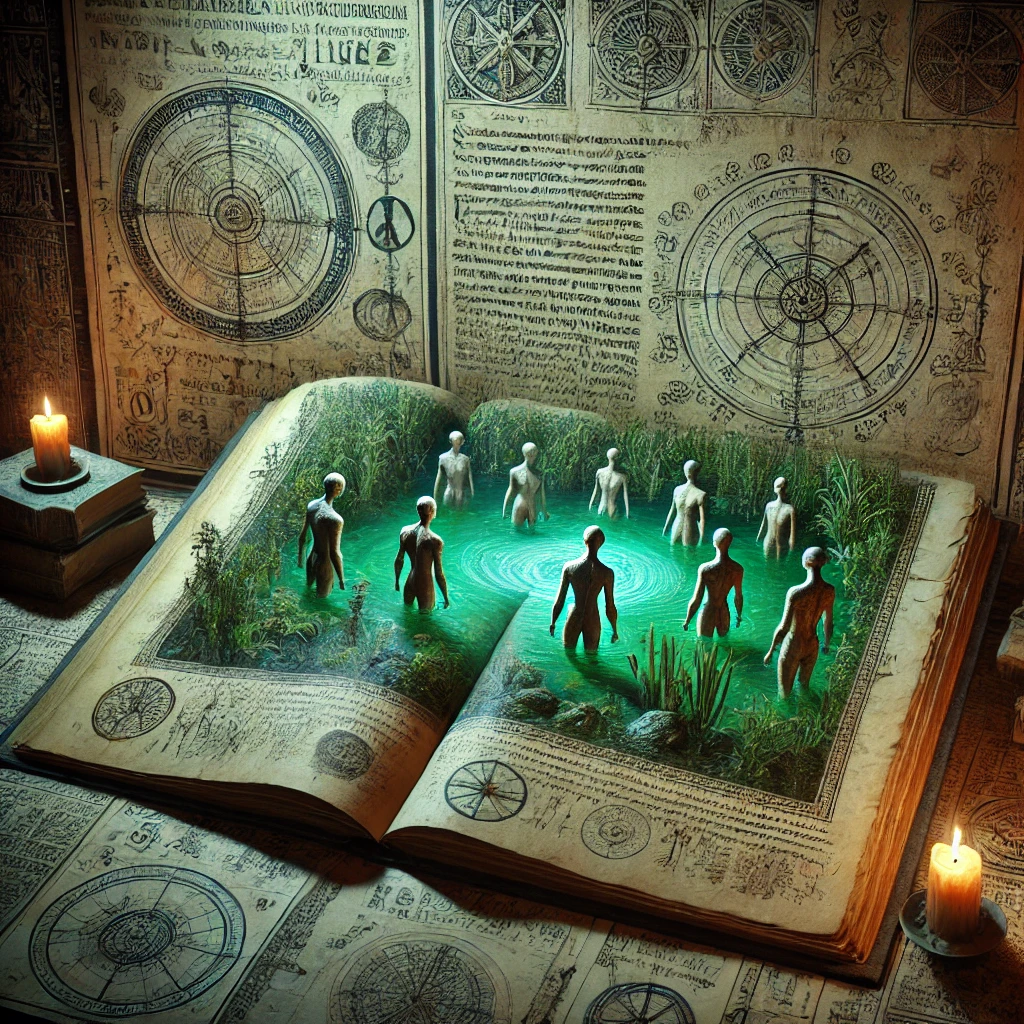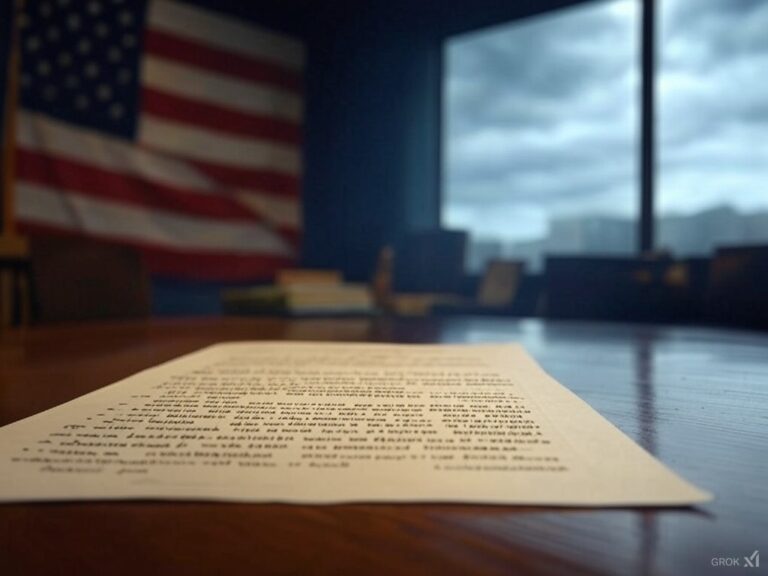
The Voynich Manuscript is one of the greatest literary enigmas of all time. Discovered over a century ago, this ancient book has confounded linguists, cryptographers, and historians with its unreadable script, strange illustrations, and mysterious origins. Despite numerous attempts to decipher it, the manuscript remains an unsolved puzzle, fueling countless theories about its true purpose and origin.
The fascination surrounding the Voynich Manuscript is not just limited to its text and illustrations. Scholars and enthusiasts alike have long debated its significance and intended purpose. Exploring the historical context of similar manuscripts and the cultural milieu of the 15th century could provide deeper insights into why such a book was created. It’s essential to consider the societal and intellectual movements of the time, where alchemy, herbalism, and astrology were at their zenith, intertwining science with mysticism.
Discovery and History
The Voynich Manuscript has been described as a ‘book of secrets.’ Its intricate illustrations and the apparent intent to convey knowledge suggest that it may have served as a journal or reference manual for a specific audience. Understanding the dynamics of patronage in the Renaissance era could provide clues about who might have commissioned such a unique manuscript and for what purpose. It’s also worth exploring how the manuscript has been perceived throughout history, from its initial discovery to its current status as an object of intrigue.
Another aspect of the manuscript’s allure is its potential connection to the practice of herbal medicine. The illustrations of plants within the manuscript may represent species that were prevalent during the time of its creation. Conducting a comparative analysis with known herbals from the same period could shed light on whether these plants were purely fictional or based on real botanical knowledge. Investigating the role of women in herbalism during the Middle Ages adds another layer to this discussion, as many medieval texts focused on women’s roles in healing and health.
The manuscript is named after Wilfrid Voynich, a rare book dealer who discovered it in 1912 in a Jesuit college in Italy. Bound in vellum and containing 240 pages, the book is filled with strange, flowing text written in an unknown language, accompanied by bizarre illustrations of plants, astronomical charts, and humanoid figures engaged in odd activities.
Moreover, the manuscript’s mysterious language has sparked a myriad of studies attempting to decode its secrets. Linguists have analyzed its syntax and structure, leading to intriguing parallels with various known languages. Some researchers have proposed the possibility of it being a constructed language, while others suspect it could be a mix of existing languages. This phenomenon raises questions about the extent of linguistic creativity during the Renaissance and the motivations behind the creation of such a unique form of communication.
Carbon dating places its origins to between 1404 and 1438, making it over 600 years old. The manuscript has passed through the hands of various scholars, collectors, and even Holy Roman Emperor Rudolf II, who reportedly paid a large sum for it, believing it was the work of the famous English alchemist Roger Bacon.
Mysterious Language and Unreadable Script
One of the most puzzling aspects of the Voynich Manuscript is its undeciphered text. The script appears to be an unknown language, written with a fluidity that suggests it was not just random gibberish. Some of the key observations include:
The botanical diagrams in the manuscript are particularly noteworthy. They provide a window into the herbalist practices of the time, suggesting that the author may have intended to document medicinal plants. Examining how these illustrations compare to contemporary botanical studies reveals the extent of knowledge possessed by herbalists in the 15th century. Additionally, the peculiar characteristics of these depicted plants provoke further speculation on their actual existence or their symbolic meaning within the text.
- Consistent letter patterns similar to real languages.
- No recognizable corrections or mistakes, implying fluency.
- Statistical analysis suggesting it follows linguistic rules.
Theories regarding the manuscript’s purpose extend beyond the realm of serious scholarship. The idea of the Voynich Manuscript as an elaborate hoax, aimed at deceiving scholars, presents a fascinating narrative. Such a notion invites us to consider the motivations of the manuscript’s creator, whether it was driven by a desire for notoriety, profit, or simply a love for the obscure. This theory could have implications for how we perceive authenticity and value in historical documents.
Furthermore, the speculation surrounding extraterrestrial knowledge offers a captivating angle to the manuscript’s legend. This theory posits that the text may contain information beyond human understanding, leading to a myriad of conspiracy theories that attract both skeptics and believers alike. Engaging with this narrative allows for discussions on how society interprets the unknown and the allure of the extraterrestrial in popular culture.
Yet, no known language or cipher matches its structure, leaving scholars baffled.
Strange Illustrations: A Guide to the Unknown?
In addition to historical figures, modern efforts to decode the Voynich Manuscript have involved the application of advanced technology, including AI and cryptographic methods. These contemporary approaches highlight the ongoing relevance of the manuscript in today’s digital age. Evaluating the successes and failures of these technologies offers insight into both the challenges of deciphering ancient texts and the innovative methods being employed in the field of historical linguistics.
Beyond the text, the manuscript’s unusual drawings add to its mystery. The illustrations include:
As we ponder the many enigmas of the Voynich Manuscript, it becomes clear that its true nature may never be fully understood. Yet, this uncertainty is what keeps the conversation alive. Whether one views it as a relic from the past, a sophisticated puzzle, or a piece of art, the manuscript serves as a mirror reflecting our own fascination with knowledge, mystery, and the quest for understanding. Each theory, each failed attempt at decipherment, only enriches its legacy, ensuring the Voynich Manuscript remains firmly entrenched in the annals of literary and historical intrigue.
- Botanical Diagrams – Depicting unknown plants, many with impossible characteristics.
- Astronomical Charts – Constellations, star maps, and zodiac-like symbols.
- Biological Sketches – Naked female figures bathing in green pools connected by strange tubes.
- Alchemical or Medical Theories? – Some speculate these could be alchemical recipes, medical instructions, or an ancient form of biological science.
What are your thoughts on the theories surrounding the Voynich Manuscript? Do you think it holds secrets waiting to be uncovered, or is it simply a product of its time? Join the discussion below!
Theories and Speculations
Over the years, numerous theories have emerged attempting to explain the manuscript’s origin and purpose:
- A Lost Language or Cipher? – Some believe it is written in an unknown lost language or an extremely advanced code yet to be broken.
- An Elaborate Hoax? – Others think it could be a Renaissance-era forgery, created to deceive scholars and collectors for profit.
- Extraterrestrial Origins? – A more far-fetched theory suggests it contains alien knowledge, explaining its unrecognizable script and content.
- A Women’s Health Manual? – Some researchers theorize it may be an ancient medical text, specifically related to medieval women’s health and herbal medicine.
Attempts to Decode the Mystery
Many of the world’s top cryptographers, including experts who worked on World War II codes, have attempted to decode the manuscript. Even AI and machine learning models have analyzed its text, but no definitive translation has emerged. Some breakthroughs claim partial decoding, but no widely accepted solution exists.
Conclusion: An Eternal Mystery?
The Voynich Manuscript remains one of the most perplexing artifacts in human history. Whether it is an encrypted message, a forgotten scientific manual, or simply an elaborate hoax, its existence challenges our understanding of language, history, and the unknown. Until it is deciphered, the manuscript will continue to inspire curiosity, debate, and wild speculation—perhaps forever keeping its secrets hidden from human comprehension.
What do you think the Voynich Manuscript is? A lost language? A medieval prank? Or something else entirely? Share your thoughts in the comments!





